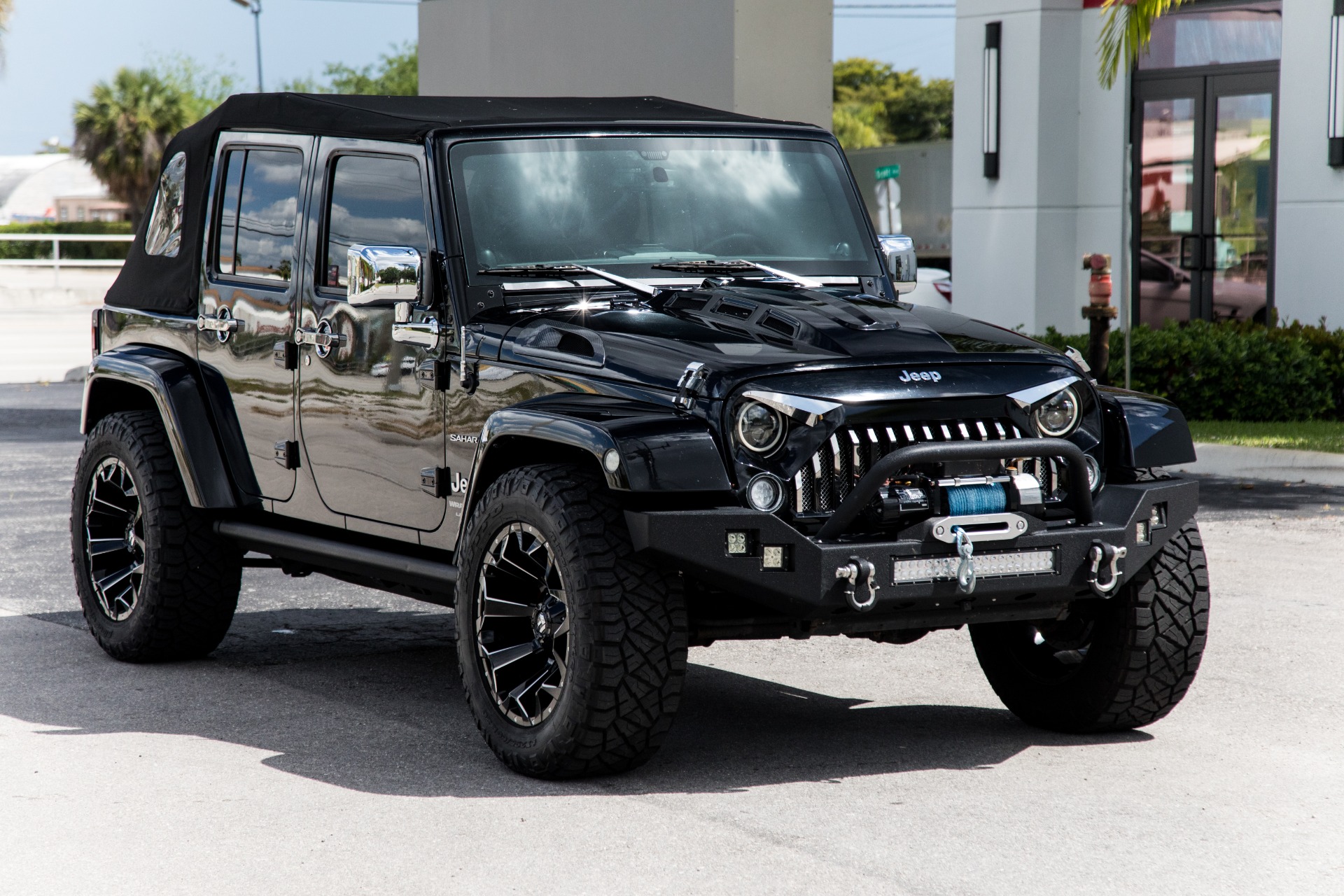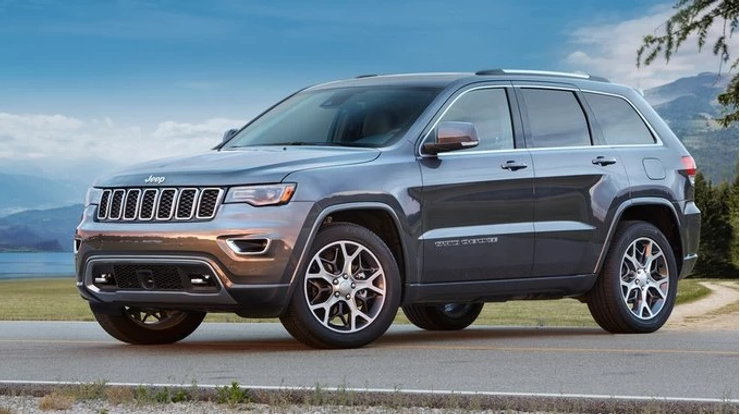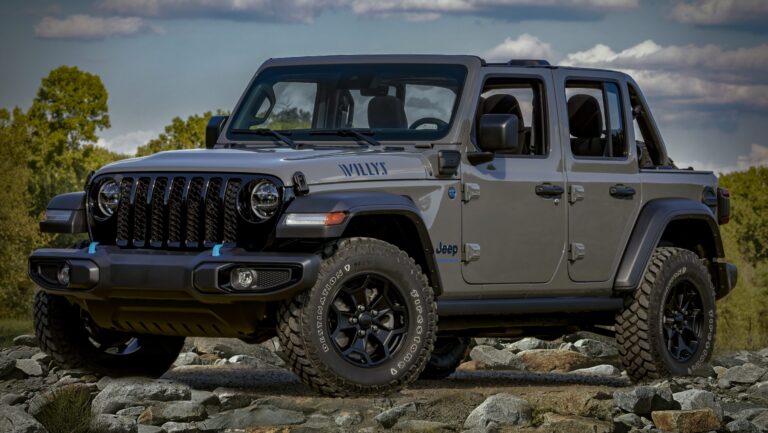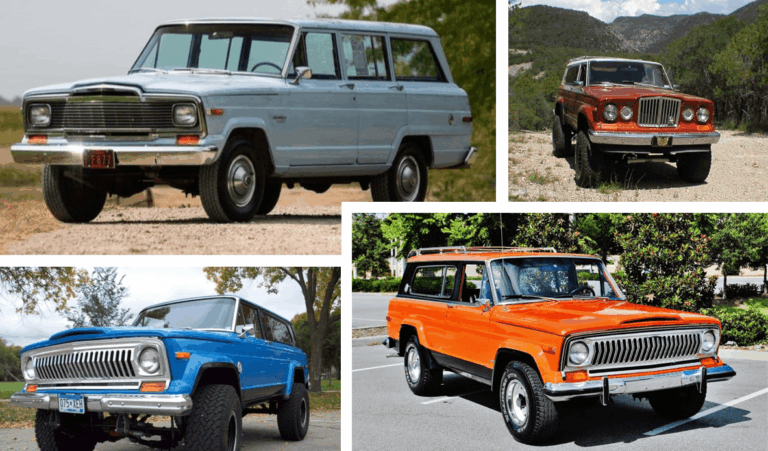Wrangler Jeep MPG: Navigating Fuel Efficiency in an Icon of Adventure
Wrangler Jeep MPG: Navigating Fuel Efficiency in an Icon of Adventure jeeps.truckstrend.com
The Jeep Wrangler stands as an undisputed icon of adventure, renowned for its legendary off-road capability, rugged design, and open-air freedom. For generations, it has been the go-to vehicle for enthusiasts seeking to conquer trails and explore the untamed. However, as fuel prices fluctuate and environmental consciousness grows, a critical question often arises for prospective and current owners: "What about Wrangler Jeep MPG?"
Understanding Wrangler Jeep MPG, or Miles Per Gallon, is more than just knowing a number; it’s about comprehending the intricate balance between raw power, go-anywhere capability, and the practicalities of daily driving and long-term ownership costs. This comprehensive guide will delve deep into the world of Wrangler fuel efficiency, exploring the factors that influence it, the options available, and practical strategies to optimize your experience without compromising the spirit of adventure.
Wrangler Jeep MPG: Navigating Fuel Efficiency in an Icon of Adventure
What is MPG and Why Does It Matter for a Wrangler?
Miles Per Gallon (MPG) is a standard metric used to measure a vehicle’s fuel efficiency. Simply put, it tells you how many miles your vehicle can travel on a single gallon of fuel. For a vehicle like the Jeep Wrangler, MPG holds particular significance for several reasons:
- Cost of Ownership: Fuel is a major ongoing expense for any vehicle. Higher MPG translates to lower fuel costs over time, making ownership more economical.
- Driving Range: A better MPG means you can travel further on a single tank, which is crucial for long road trips, remote off-road excursions, and reducing the frequency of fuel stops.
- Environmental Impact: More efficient vehicles produce fewer emissions, contributing to a smaller carbon footprint.
- Performance vs. Practicality: Wranglers are built for capability, often prioritizing ground clearance, robust axles, and heavy-duty components over sleek aerodynamics. This inherent design often leads to lower MPG figures compared to more road-oriented SUVs. Understanding this trade-off helps manage expectations.
![]()
Wrangler Engine Options and Their MPG Ratings
Over the years, the Jeep Wrangler has offered a variety of powertrains, each with its own characteristics and fuel efficiency profile. The current generation (JL) provides a diverse range of options:
- 3.6L Pentastar V6 Engine: This is the workhorse of the Wrangler lineup, offering a balanced blend of power and reliability. It’s a naturally aspirated engine known for its smooth power delivery.
- EPA Estimated MPG (Automatic Transmission):
- 2-door: 19 MPG City / 23 MPG Highway
- 4-door: 19 MPG City / 24 MPG Highway
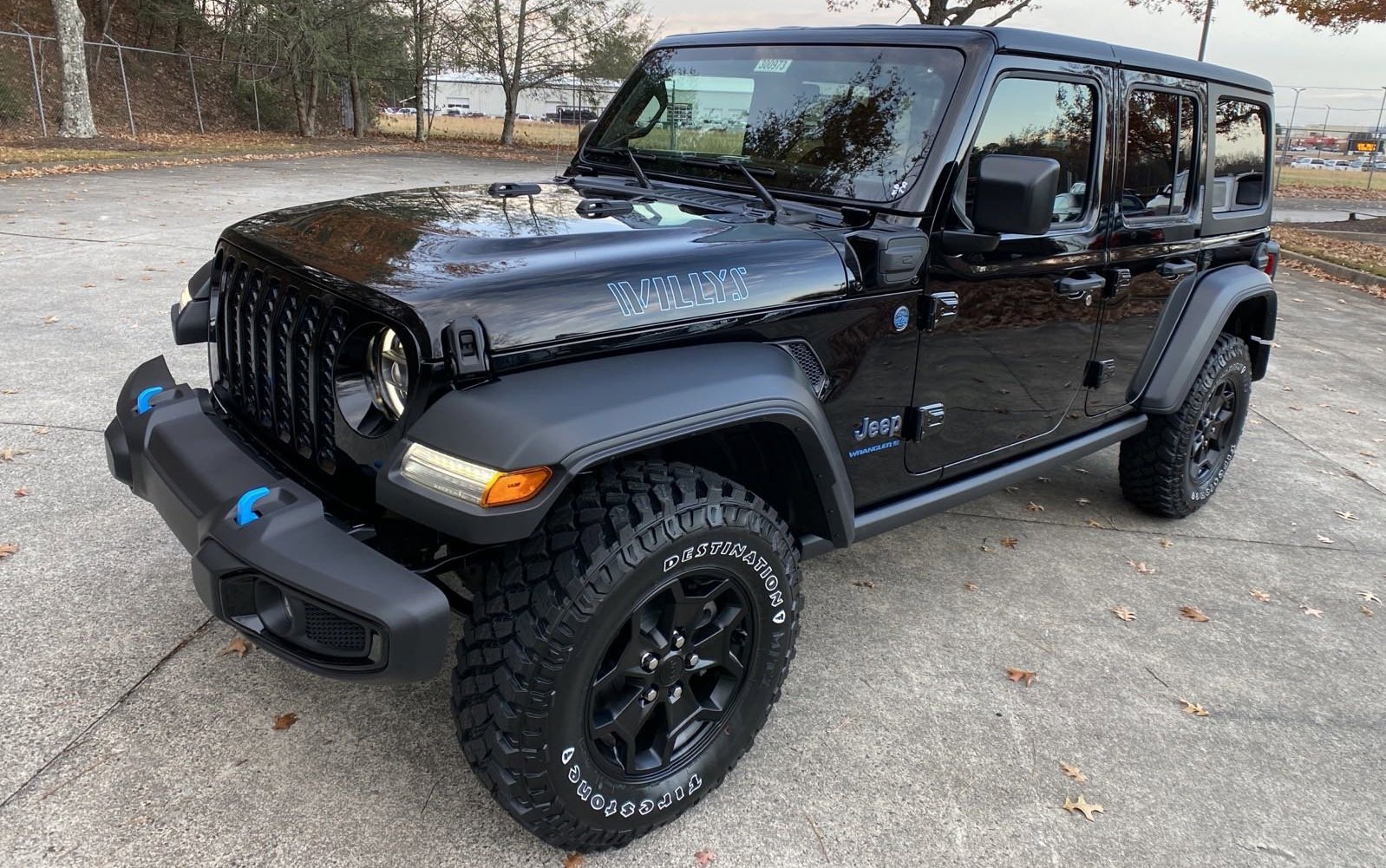

- EPA Estimated MPG (Automatic Transmission):
- 2.0L Turbo I4 Engine: This turbocharged four-cylinder engine delivers impressive torque at lower RPMs, making it feel punchy. It often offers slightly better city MPG than the V6 due to its smaller displacement and turbocharging.
- EPA Estimated MPG (Automatic Transmission):
- 2-door: 22 MPG City / 24 MPG Highway
- 4-door: 21 MPG City / 24 MPG Highway
- EPA Estimated MPG (Automatic Transmission):
- 3.0L EcoDiesel V6 Engine (Discontinued for 2023+): For those seeking maximum torque and highway range, the EcoDiesel was a popular choice. Diesel engines typically offer superior fuel economy.
- EPA Estimated MPG (Automatic Transmission):
- 4-door: 22 MPG City / 29 MPG Highway
- EPA Estimated MPG (Automatic Transmission):
- 2.0L Turbo I4 Plug-in Hybrid (4xe): The revolutionary 4xe is a game-changer for Wrangler MPG, combining the 2.0L turbo engine with an electric motor and battery pack. It offers significant electric-only range and impressive combined fuel economy.
- EPA Estimated MPG:
- 370 Miles Total Driving Range
- 49 MPGe (Miles Per Gallon equivalent) combined
- 20 MPG combined (gasoline only, once battery is depleted)
- 21 Miles All-Electric Range
- EPA Estimated MPG:
Factors Affecting Real-World Wrangler MPG
While EPA estimates provide a baseline, real-world Wrangler Jeep MPG can vary significantly. Numerous factors come into play:
- Driving Conditions:
- City Driving: Frequent stopping and starting, along with lower speeds, reduce MPG.
- Highway Driving: Consistent speeds generally yield better MPG, but high speeds (above 60-65 mph) can rapidly decrease it due to increased aerodynamic drag.
- Off-Road Driving: Low-range gearing, difficult terrain, and frequent throttle input make off-roading the least fuel-efficient scenario.
- Vehicle Configuration:
- Two-door vs. Four-door: The lighter and shorter 2-door Wrangler generally achieves slightly better MPG than the heavier, longer 4-door Unlimited model.
- Soft Top vs. Hard Top: While subtle, a soft top can be slightly less aerodynamic than a hardtop, potentially impacting highway MPG.
- Modifications: This is one of the biggest determinants of reduced Wrangler MPG.
- Lift Kits: Increase frontal area and disrupt airflow.
- Larger, Aggressive Tires: Heavier, have more rolling resistance, and often require recalibration of the speedometer/odometer, which can lead to inaccurate MPG readings if not done.
- Aftermarket Bumpers, Winches, Roof Racks: Add significant weight and increase aerodynamic drag.
- Lights Bars/Snorkels: Can further disrupt airflow.
- Maintenance: A well-maintained vehicle runs more efficiently.
- Tire Pressure: Under-inflated tires increase rolling resistance and reduce MPG.
- Air Filter: A dirty air filter restricts airflow to the engine, forcing it to work harder.
- Spark Plugs & Fluids: Worn spark plugs or old, degraded fluids can decrease efficiency.
- Driving Habits:
- Aggressive Acceleration & Braking: Rapid changes in speed waste fuel.
- Speed: Fuel economy significantly drops at speeds above 60-65 mph.
- Idling: Modern engines are most efficient when moving. Extended idling consumes fuel unnecessarily.
- Payload/Towing: Carrying heavy loads or towing a trailer dramatically increases the work your engine has to do, thus reducing MPG.
Tips for Improving Your Wrangler’s MPG
While the Wrangler isn’t designed to be a fuel-sipper, you can take steps to optimize its efficiency:
- Maintain Proper Tire Pressure: Check your tire pressure regularly and ensure it matches the manufacturer’s recommended PSI, usually found on a sticker in the driver’s side door jamb.
- Adhere to Maintenance Schedules: Regular oil changes, air filter replacements, spark plug checks, and fluid flushes keep your engine running at peak efficiency.
- Drive Smoothly: Accelerate gently, anticipate stops to avoid hard braking, and maintain a consistent speed. Use cruise control on highways where appropriate.
- Reduce Unnecessary Weight: Remove heavy items from your Wrangler that you don’t need for your current trip. Every extra pound impacts fuel economy.
- Consider Aerodynamics: Remove roof racks, light bars, or other external accessories when not in use, as they create significant drag.
- Limit Idling: If you’re going to be stopped for more than 30 seconds, it’s generally more fuel-efficient to turn off your engine (unless in heavy traffic where constant restarting is impractical).
- Plan Your Routes: Use navigation apps to avoid traffic jams and find the most efficient routes.
- Combine Trips: Bundle errands into a single trip to reduce cold starts, which consume more fuel.
- Choose the Right Fuel: Use the octane level recommended by your owner’s manual. Higher octane than necessary provides no benefit and costs more.
Wrangler 4xe: The Hybrid Revolution in MPG
The Wrangler 4xe represents a significant leap forward in fuel efficiency for the brand. As a Plug-in Hybrid Electric Vehicle (PHEV), it offers a unique blend of electric and gasoline power:
- Electric-Only Driving: With a fully charged battery, the 4xe can travel up to 21 miles on pure electricity, making daily commutes or short errands incredibly efficient with zero tailpipe emissions.
- MPGe (Miles Per Gallon Equivalent): This metric is used for PHEVs and EVs to compare their energy consumption to traditional gasoline vehicles. The 4xe’s 49 MPGe combined rating is exceptional for a Wrangler.
- Hybrid Mode: When the battery is depleted or more power is needed, the 4xe seamlessly switches to hybrid mode, combining the electric motor and the 2.0L turbocharged engine for optimal efficiency.
- Off-Road Capability Intact: Crucially, the 4xe’s hybrid powertrain enhances, rather than detracts from, its off-road prowess, providing instant electric torque for crawling and improved control.
For many, the 4xe offers the best of both worlds: the iconic Wrangler experience with dramatically reduced fuel consumption for everyday driving, while retaining gasoline power for long trips or when charging isn’t available.
Common Challenges and Misconceptions about Wrangler MPG
It’s common to hear the perception that "Wranglers are gas guzzlers." While they may not compete with compact sedans in terms of MPG, it’s important to frame this perception within context:
- Built for Purpose: Wranglers are designed for extreme off-road capability, not aerodynamic efficiency. Their boxy shape, high ground clearance, and robust components inherently lead to higher drag and weight.
- The Trade-Off: There’s a fundamental trade-off between capability and efficiency. If you want a vehicle that can traverse nearly any terrain, tow a small trailer, and offer open-air freedom, some compromise on fuel economy is expected.
- Understanding Real-World Usage: Many Wrangler owners modify their vehicles for even greater capability, which almost always negatively impacts MPG. An unmodified, stock Wrangler often performs closer to its EPA estimates than a heavily modified one.
- Driving Style: Aggressive driving habits will punish a Wrangler’s fuel economy more severely than a lighter, more aerodynamic vehicle.
Practical Advice and Actionable Insights
For anyone concerned about Wrangler Jeep MPG, the key is to be realistic about expectations and proactive in managing the variables you can control. Choose the engine that best suits your driving needs (e.g., 4xe for daily efficiency, V6 for balanced performance). If you plan modifications, understand their impact on fuel economy and factor that into your budget. Most importantly, adopt fuel-efficient driving habits and keep your Wrangler well-maintained. Embracing the adventure doesn’t have to mean ignoring efficiency entirely.
Wrangler Jeep MPG Specifications Table
| Model/Engine Configuration | Transmission | Doors | EPA Estimated City MPG | EPA Estimated Highway MPG | EPA Estimated Combined MPG | Special Notes |
|---|---|---|---|---|---|---|
| 3.6L Pentastar V6 | Automatic | 2-Door | 19 | 23 | 20 | Standard, balanced power |
| 3.6L Pentastar V6 | Automatic | 4-Door | 19 | 24 | 21 | Most common configuration |
| 2.0L Turbo I4 | Automatic | 2-Door | 22 | 24 | 23 | Good low-end torque |
| 2.0L Turbo I4 | Automatic | 4-Door | 21 | 24 | 22 | Strong performance for its size |
| 3.0L EcoDiesel V6 | Automatic | 4-Door | 22 | 29 | 25 | Discontinued for 2023+ models; excellent range |
| 2.0L Turbo I4 4xe PHEV | Automatic | 4-Door | – | – | 49 MPGe (combined) | 21 miles all-electric range; 20 MPG (gas only) |
Note: All figures are EPA estimates and real-world mileage may vary depending on driving conditions, vehicle maintenance, and individual driving habits. "MPGe" stands for Miles Per Gallon equivalent for plug-in hybrid vehicles.
Frequently Asked Questions (FAQ) about Wrangler Jeep MPG
Q1: Is the Jeep Wrangler really a "gas guzzler"?
A1: Compared to sedans or smaller SUVs, yes, a stock Wrangler’s MPG is lower. However, considering its extreme off-road capability, robust build, and less aerodynamic design, its fuel efficiency is generally within expected ranges for its class. The 4xe model significantly changes this perception.
Q2: Does lifting my Wrangler or putting bigger tires on it affect MPG?
A2: Absolutely. Lift kits increase drag and bigger, heavier tires increase rolling resistance and unsprung weight. These modifications can easily reduce your MPG by 2-5 MPG or even more, depending on the extent of the modifications.
Q3: Is the Wrangler 4xe truly fuel-efficient?
A3: Yes, the 4xe is the most fuel-efficient Wrangler ever. With its ability to run on electric power for up to 21 miles, many commuters can complete their daily driving with minimal or no gasoline consumption. Even when running on gas, its hybrid system optimizes efficiency.
Q4: How can I accurately track my Wrangler’s real-world MPG?
A4: The most accurate way is to manually calculate it: fill your tank, reset your trip odometer, drive until near empty, then refill and note the gallons. Divide the miles driven by the gallons added. Many modern Wranglers also have onboard computers that display real-time and average MPG.
Q5: Does using premium fuel improve Wrangler MPG?
A5: Only if your specific engine requires it (check your owner’s manual). For most Wrangler engines (like the Pentastar V6), regular unleaded is recommended. Using premium fuel when not required offers no MPG benefit and simply costs more money.
Q6: What’s the best engine for MPG in a Wrangler?
A6: For pure gasoline efficiency, the 2.0L Turbo I4 generally offers slightly better MPG than the 3.6L V6. However, for overall fuel economy, especially with daily commuting, the 4xe plug-in hybrid is by far the most efficient option due to its electric range and hybrid capabilities.
Concluding Summary
Understanding Wrangler Jeep MPG is crucial for any owner or prospective buyer. While the Wrangler’s primary appeal lies in its unparalleled off-road prowess and iconic design, advancements in engine technology, particularly with the innovative 4xe plug-in hybrid, are steadily improving its fuel efficiency. By being aware of the factors that influence MPG, making informed choices about engine options and modifications, and adopting smart driving habits, you can enjoy the legendary capabilities of your Jeep Wrangler while also managing your fuel costs and environmental impact. The spirit of adventure and responsible ownership can, indeed, go hand-in-hand.
